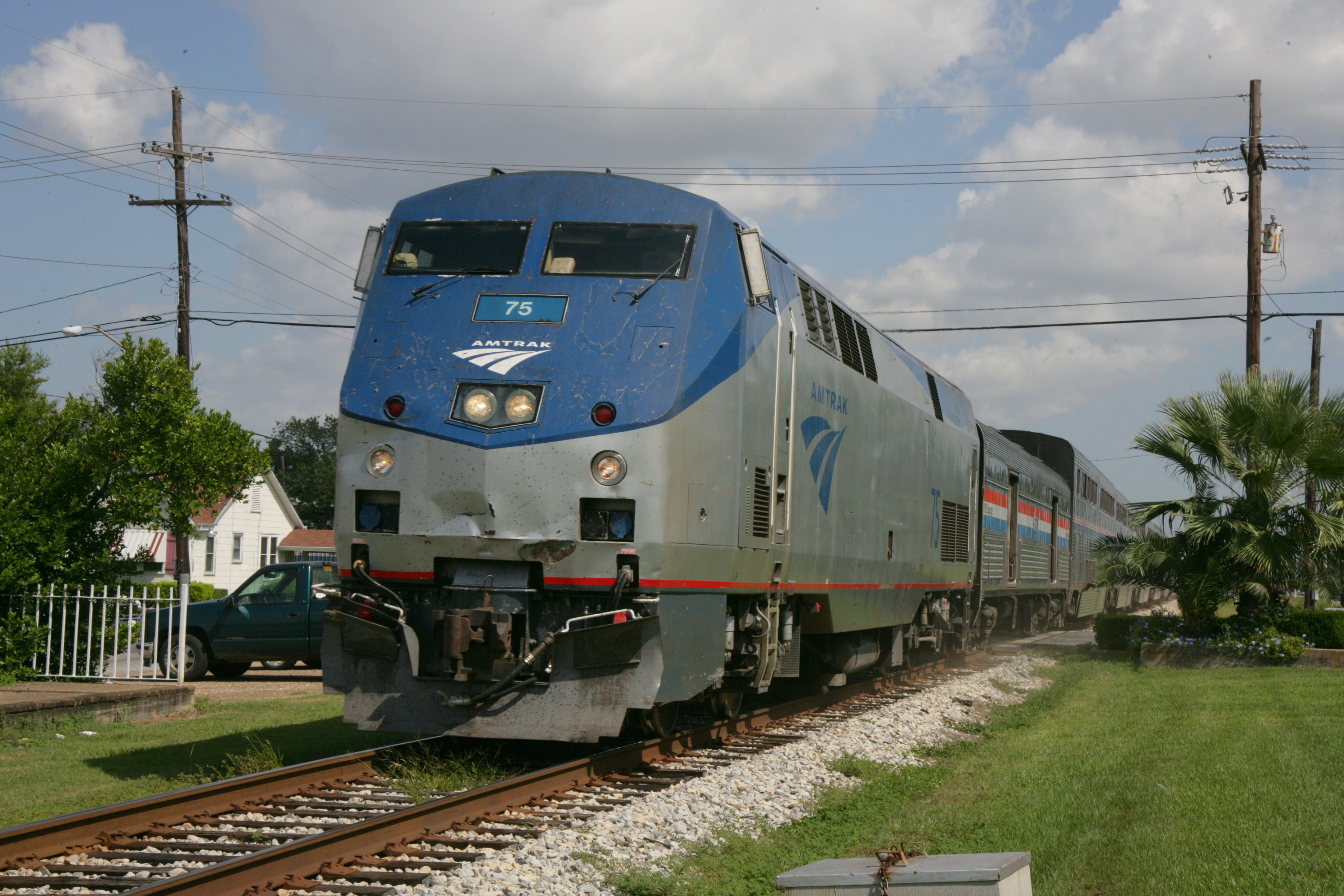
Government subsidies and China’s dense population allow some HSR lines to be both profitable and competitive with other forms of transportation. Standardization of designs and procedures also brought cost of construction down by two-thirds. The rapid development of this extensive network was kick-started in large part by the import of existing HSR technology and supported by centralized state funding, planning, and approval. By 2020, 75% of Chinese cities with a population of 500,000 or more have access to HSR, with plans to connect 100% of them by 2035. While Japan and Europe have had several decades to perfect their HSR systems, another country in East Asia accomplished an arguably more impressive feat in just 12 years.Ĭhina’s 23,550-mile-long HSR network, the world’s largest, was nonexistent before 2008.

Incremental upgrades to conventional lines increased travel speeds just enough to be competitive with other modes of transit, while newly-constructed lines that are exclusively used for HSR are much faster. To also facilitate the improved movement of goods, Germany began by upgrading existing lines. Much like the current American rail network, prior to developing its HSR system, Germany had an extensive conventional rail network with a significant freight rail sector in place. Europe is home to three of the five most-extensive HSR networks globally, in Spain, France, and Germany, respectively, and offers several transnational routes beloved by tourists and residents alike. Our neighbors across the pond are no strangers to HSR either. This is a far cry from American Amtrak trains, which are on time only 71% of the time. In fact, an apology was once issued for a train departing 20 seconds early. And it’s one of the most punctual modes of transport in the world, with the average delay being just 0.9 minutes. The Shinkansen is also known to be extremely safe, operating without a single passenger fatality in 50 years, while carrying 477,000 passengers a day. That’s about the distance from Boston to Philadelphia, which on Amtrak’s fastest train, the Acela, would take twice the time. With an average speed of 145 mph the Shinkansen can take you from Tokyo to Osaka in under two-and-a-half hours. Take Japan, the birthplace of the Shinkansen or “bullet train.” Its high-speed rail (HSR) network was built to connect distant Japanese regions with Tokyo.

While we can all thank Amtrak for revitalizing rail operations for the millions of passengers it serves, we also can’t help but feel a little behind the times when we look at the remarkably fast and reliable passenger rail services offered in other nations. Sensing the imminent collapse of rail travel, the US government stepped in to create the thing Americans think of first when they hear “passenger rail”: Amtrak. The construction of the interstate highway system and rise of mass air travel in the 1950s dealt blow after blow to the railroad industry, with many companies declaring bankruptcy by the end of the century. This peak left nearly as quickly as it came, and ridership has been in a steady decline since the 1950s.Ī combination of monopolistic practices and strict government regulations during the early 20 th century rendered privately-owned railroad companies financially unprofitable and unable to compete with other forms of travel. Passenger rail ridership began to see declines after World War I with competition from automobiles, but ultimately peaked during World War II when gasoline and tires were being rationed. Over the next century, both passenger and freight rail exploded, laying the tracks for westward expansion and an economic boom. The first mechanical passenger train in the US opened for service on Christmas Day in 1830. While other nations have been experiencing declines in ridership during the pandemic, the fall of passenger rail in the US has been a long time in the making.

Once a leader in passenger rail, the US now ranks among the lowest in train ridership compared to other developed countries. Travelers across the United States have to make this same decision or one like it every day. Unless you’re in it for the train-travel experience itself, who has that kind of time? It’s the cheapest and cleanest option at about $180 roundtrip – but going just one way takes 22 hours. At around 12.5 hours each way, it’s a pain in the neck (and back) but comes with a lower price tag than air travel and an at-times scenic route.


 0 kommentar(er)
0 kommentar(er)
